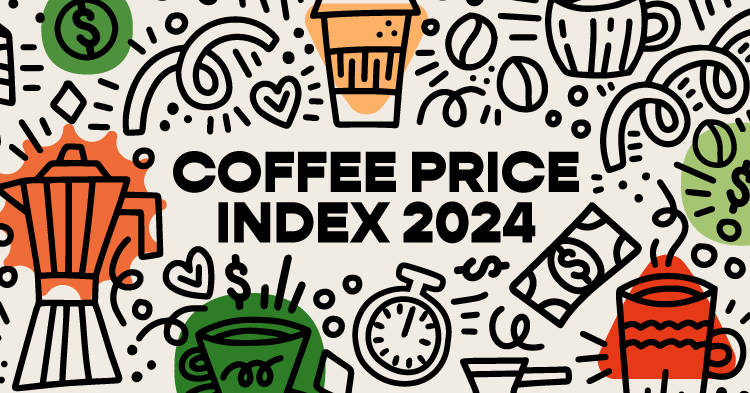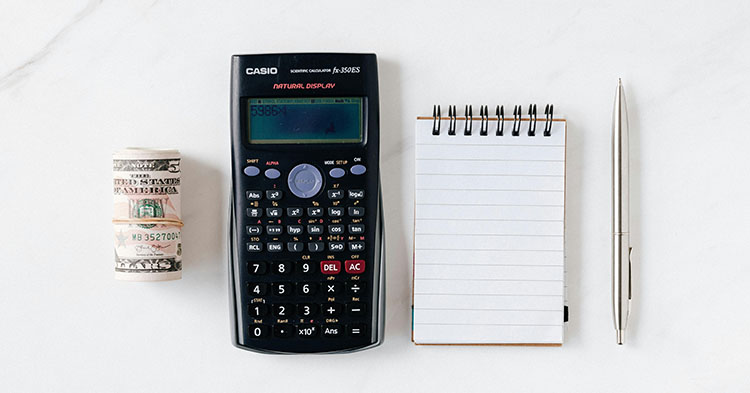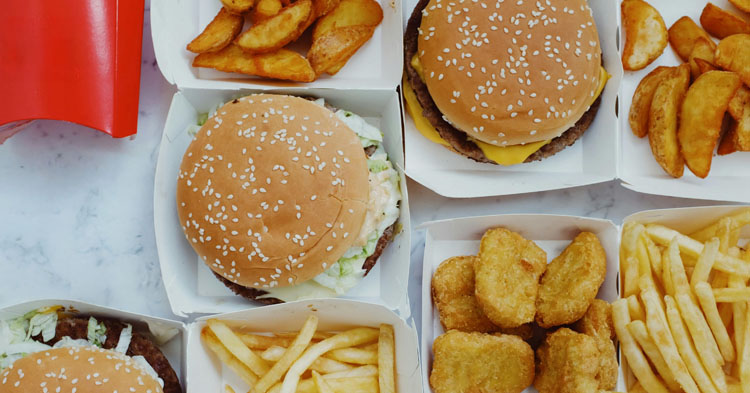A cup of coffee out with friends or while working remotely in a cafe can feel like a simple everyday treat. But that eight fluid ounces of liquid pleasure is part of a complex ecosystem.
Coffee crops, energy costs and the labor supply required to bring your coffee to the table are all in constant flux. This is why the price of your local brew may go up or down from year to year. Even plain grocery store coffee beans cost 22% more than three years ago. And yet, some 62% of millennials are content to spend up to $7 per day on coffee because, like many people of both older and younger generations, they feel a little treat is a positive way to balance the challenges of daily life.
With treat-seeking Americans spending $110 billion per year on coffee, those price fluctuations are a big deal to the national economy. But they also make a difference when budgeting to get the most out of your paycheck. To identify the cheapest areas to grab a brew, CashNetUSA found the average price of a cup of coffee in local indie cafes and chains and ranked them by state and city. We also compared these prices to the average local wage to determine affordability.
Key Findings
- Maine is the cheapest state to buy a cup of coffee, with an average price of $2.60.
- South Dakota is the most expensive state for a coffee, at $3.79.
- Irving, Texas, is the cheapest city for a cup of coffee ($2.13).
- Massachusetts is the state with the most affordable coffee — the average cup costs 10.31% of the average hourly wage.
Maine Has the Cheapest Coffee; South Dakota Has the Most Expensive
A cup of coffee in South Dakota costs $3.79, 45.76% more than in Maine ($2.60), the cheapest state. South Dakota takes over from Washington, which was the most expensive state according to our 2021 report. The cost of coffee in Washington — where one company is developing “robot baristas” to “adapt and replay the exact motion” of its award-winning baristas — has actually fallen on average. South Dakota’s has jumped by 63.36% from $2.32.
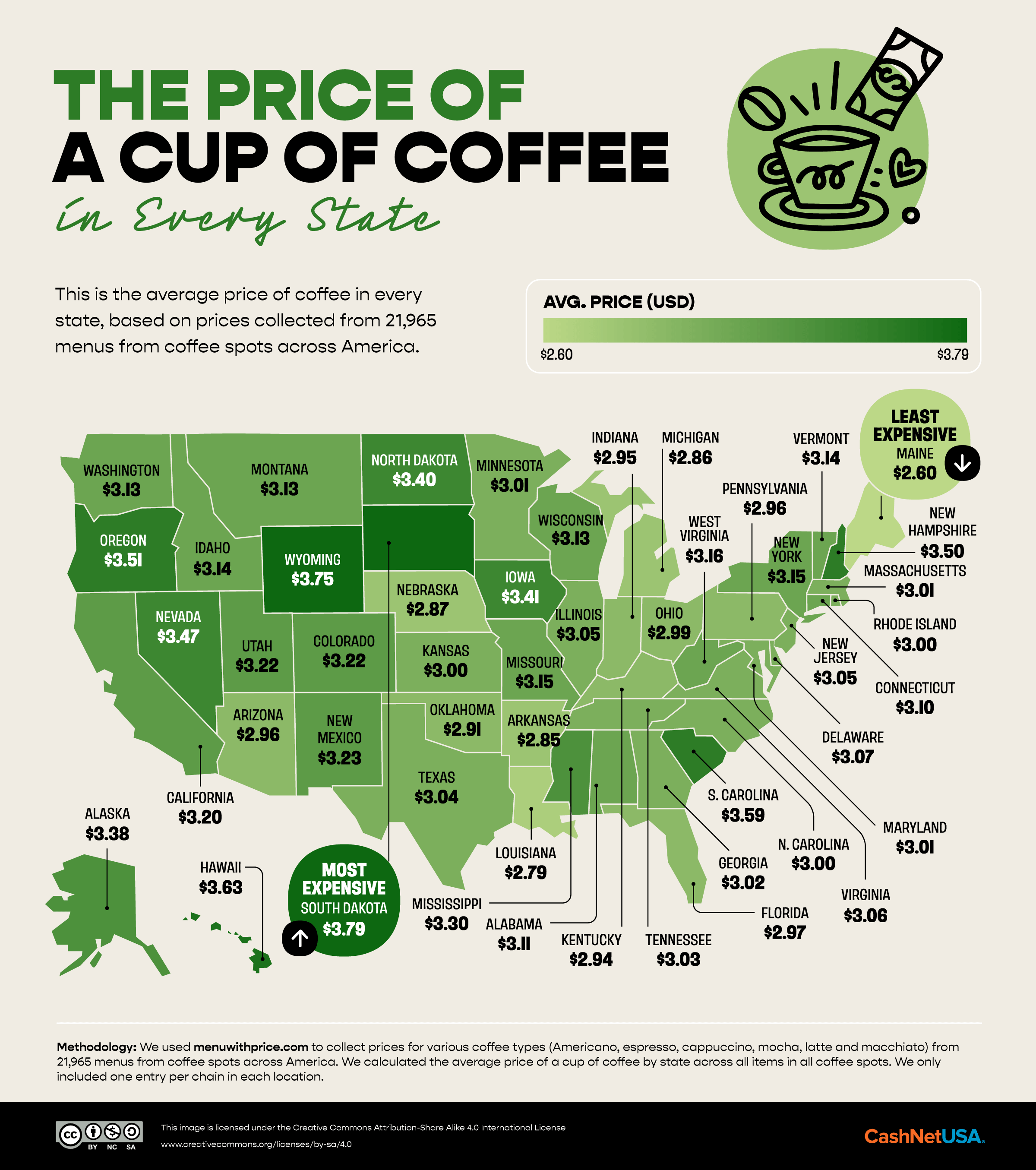
Maine is one of 12 states where the average cup costs under $3. These states are mostly towards the Midwest or South of the country. One “veteran founded and nationally certified women owned” Maine coffee company — appropriately in the city of Brewer — ships out 1,000-gallon batches of cold brew coffee across the state in kegs.
“We take barrels that had bourbon and rum and whiskey in them,” says Jennifer Litteral, Coffee Hound Coffee Company president. “We age the green coffee beans in them, and then after that, we pull them out. We roast them. There’s no alcohol still in the coffee or anything, but the infusion of the flavors just marries together with a roasting profile that we do that makes a delicious sipping coffee.”
Irving, Texas, is the U.S. City with the Cheapest Coffee
At an average of $2.13 per cup, Irving in Texas has the cheapest coffee of any U.S. city. This is also $0.91 cheaper than the average cup across Texas. Despite a tradition of ‘cowboy coffee,’ this Texas city also offers more exotic cultural takes, such as Ogawa coffee, roasted by a Kyoto-based company and served in a Japanese setting, and Yemeni coffee from the first-generation immigrants of the expanding Haraz coffee chain.
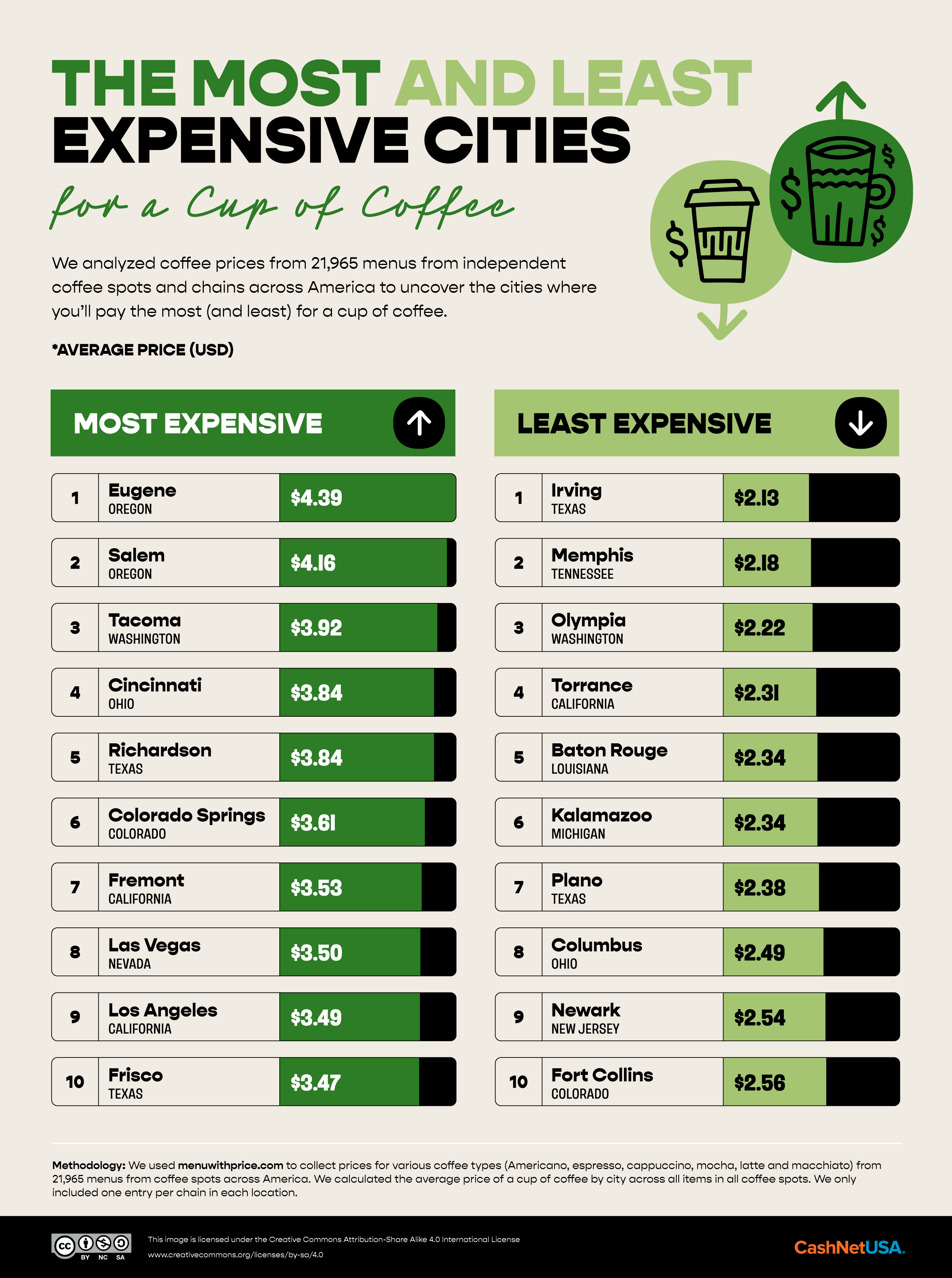
The state of Oregon has the fifth-highest average coffee price, at $3.51. And a pair of Oregon cities are the only ones in the U.S. to offer the average coffee cup at a price north of four dollars: Eugene ($4.39) and Salem ($4.16). These are also two of the least affordable cities when comparing coffee prices with local wages (see below). Oregon is notable for its coffee culture, with around 100 Portland microroasters developing unique strains “in quantities as small as 5 or 10 pounds at a time,” according to OPB.
Mississippi is the State with the Least Affordable Coffee Compared to Income
In Mississippi, a cup of coffee costs nearly one-fifth (18.28%) of the average hourly wage. This is the least affordable coffee of any state, although the average cup in Mississippi is only the 11th most expensive ($3.30). Mississippi is known for its chicory coffee, in which chicory root is ground and used instead of — or mixed with — regular coffee. This can make it cheaper, but there is no caffeine in chicory.
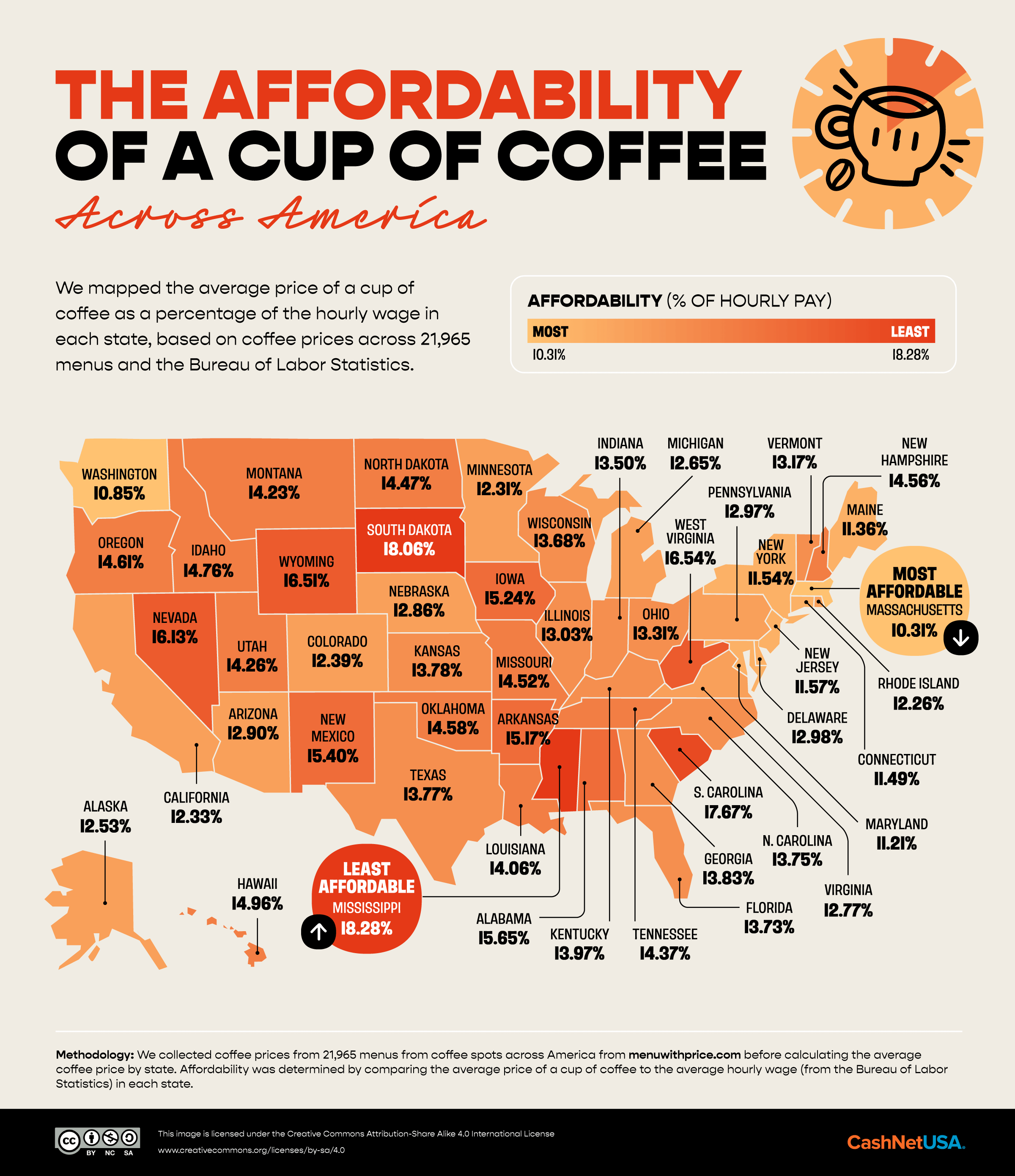
Massachusetts (where a cup of coffee costs 10.31% of the average hourly wage) has the most affordable average coffee, closely followed by Washington (10.85%). One Whidbey, Washington, coffee franchise is founded more upon the ideal of honoring the land with Native practices and stewarding Swinomish traditions. “Our job is to think of the well-being of those coming behind us,” says Tony Cladusbid, co-owner of Beaver Tales Coffee. “It’s not to die with the most coffee beans. It’s to share my coffee.”
Olympia, WA, Has the Most Affordable Coffee; Eugene, OR, Has the Least
It costs just 8.11% of the average hourly wage in Olympia, Washington, to pay for the average cup of coffee. Olympia is swiftly followed by three California cities: Oakland (8.33%), San Francisco (8.75%) and San Jose (8.76%). A fourth — Torrance (9.51%) — also makes the top ten most affordable cities for coffee.
Starbucks passed the cost of a recent California minimum wage rise onto customers. However, it does not seem to have discouraged buyers: “They’re surprised, and they get a little sad [when seeing the new prices],” one barista told Business Insider. “But then they go ahead and order anyway.”
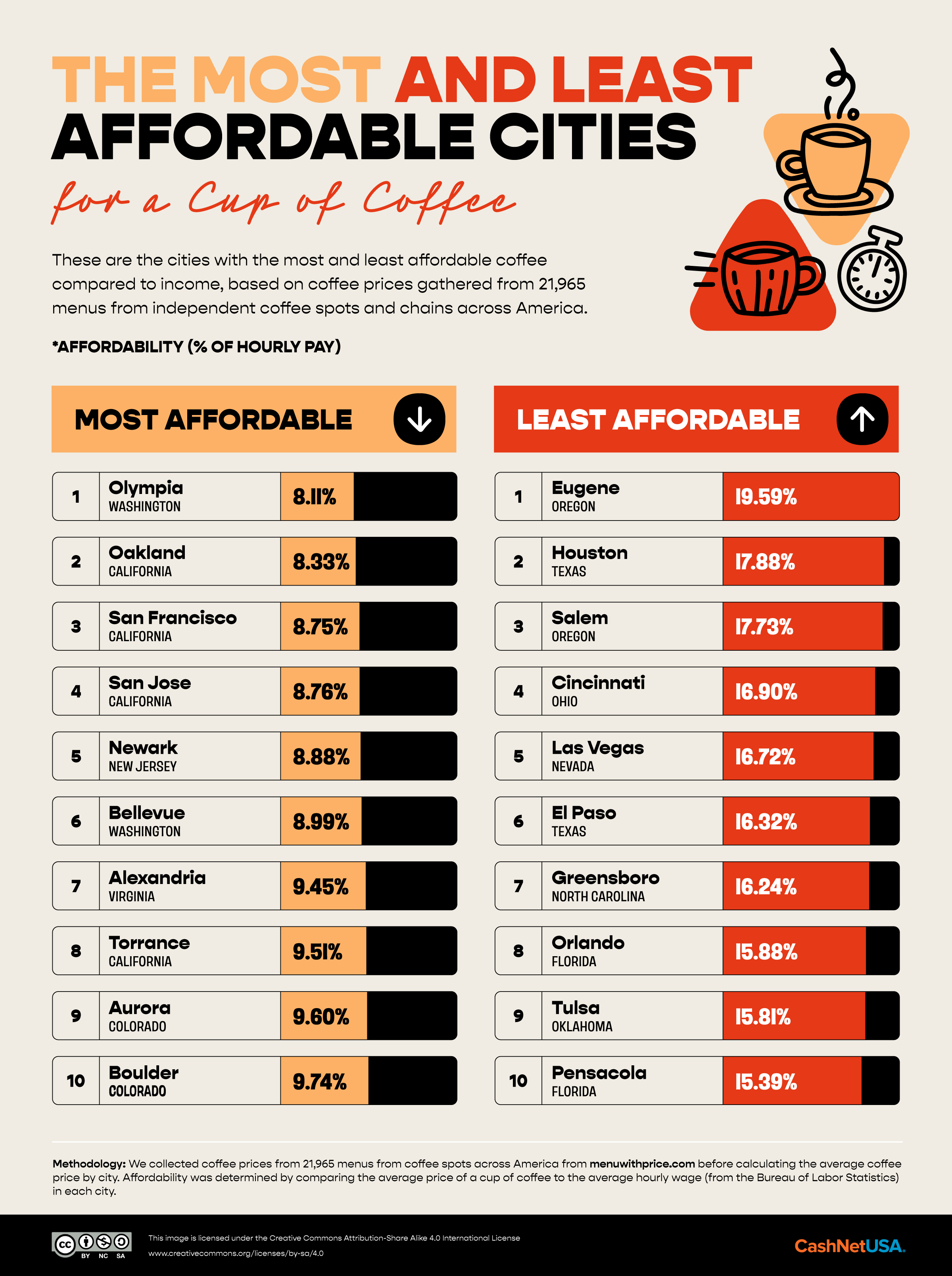
Eugene, Oregon, is the U.S. city where a cup of coffee costs the biggest chunk of the local average hourly wage (19.59%). A recent Oregon contest to win a $150 cup of coffee — brewed from beans at $2,000 per pound — drew attention to the disparities between the rise in costs on the U.S. market versus the income of the original producers in Latin America and beyond.
“One of the things that’s really important to us is to raise awareness around how little coffee producers make for their coffee,” said Matt Lounsbury, senior vice president at Proud Mary Coffee Roasters, who organized the contest. “There’s still a problem with how much people get paid. So for us, how we source coffee is always with the producer in mind.”
An Affordable Daily Brew
A small daily treat should not feel like a “guilty pleasure,” and combining price awareness with an ethical choice of café can make that coffee taste even better. Do also check out our guide to the price of Starbucks around the world, and look out for the Fair Trade mark to ensure the farmers get their payday, too.
Methodology
We collected prices for various coffee types (Americano, espresso, cappuccino, mocha, latte and macchiato) from 21,965 menus listed on Menu With Price. These cover the full spectrum of coffee spots, from local independent cafes to artisan cafes to chains.
Next, we calculated the average price of a cup of coffee by state and by city across all items in all coffee spots. For the chains, we only included one entry per chain in each location.
Affordability was determined by comparing the average price of a cup of coffee to the average hourly wage (from the Bureau of Labor Statistics) in each state and city.
This data analysis was completed in May 2024.
Creative Commons
Assets on this page marked with the Creative Commons 4.0 logo allow you to:
- Share — copy and redistribute the material in any medium or format for any purpose, even commercially.
- Adapt — remix, transform, and build upon the material for any purpose, even commercially.
The licensor cannot revoke these freedoms as long as you follow the license terms.
Under the following terms:
- Attribution — You must give appropriate credit , provide a link to the license, and indicate if changes were made . You may do so in any reasonable manner, but not in any way that suggests the licensor endorses you or your use.
- ShareAlike — If you remix, transform, or build upon the material, you must distribute your contributions under the same license as the original.
- No additional restrictions — You may not apply legal terms or technological measures that legally restrict others from doing anything the license permits.
Notices:
You do not have to comply with the license for elements of the material in the public domain or where your use is permitted by an applicable exception or limitation .
No warranties are given. The license may not give you all of the permissions necessary for your intended use. For example, other rights such as publicity, privacy, or moral rights may limit how you use the material.
